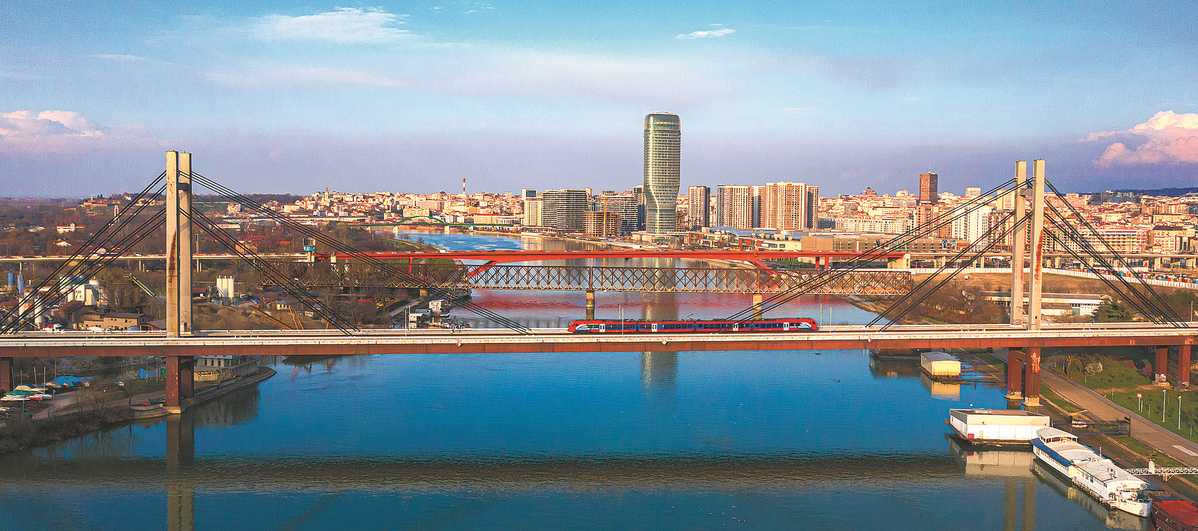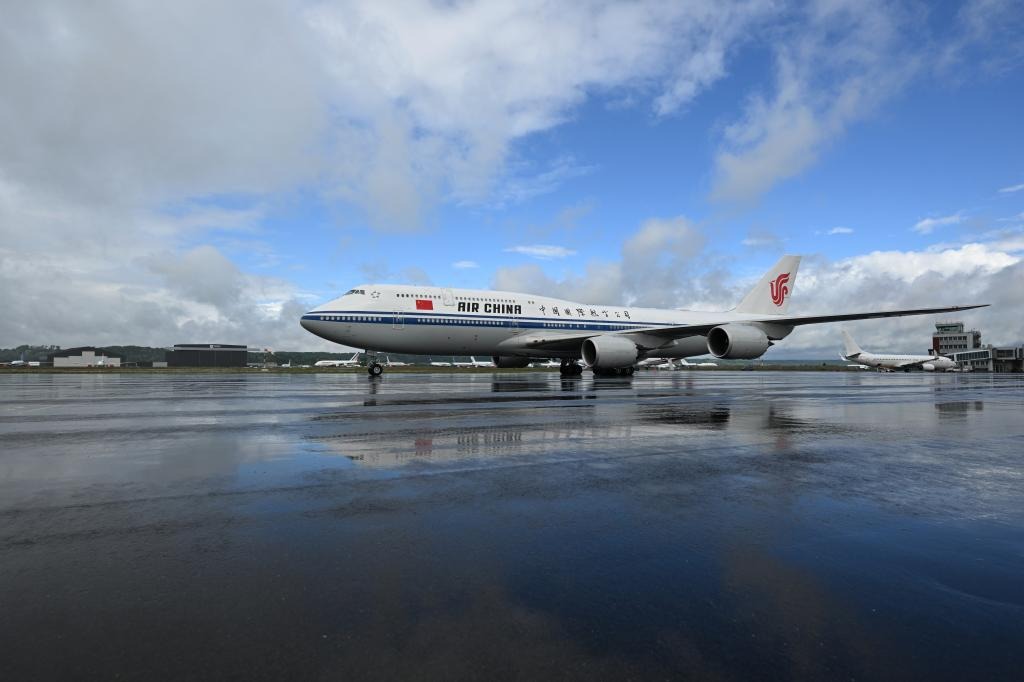High-speed railway draws countries closer together


For Miroslav Milovanovic, a Serbian living in Belgrade, traveling from the capital to Novi Sad to meet his girlfriend had been a rather unromantic experience, the bus ride taking up to three hours.
Traveling by train could halve the time, but at 40 kilometers an hour, that trip was not exactly lightning-fast either.
That all changed two years ago when a high-speed train with a designed top speed of 200 km/h came into service, cutting the journey to just half an hour, making Milovanovic's long-distance relationship a lot sweeter, and saving thousands of commuters who live and work in the two cities a lot of heartache.
In the high-speed railway's two years of operation, nearly 7 million passenger trips have been made on the section, and an average of 62 passenger trains are operated every day, with peak daily passenger volume reaching 15,059, said China Railway International Group, the company that heads the Chinese consortium responsible for its construction.
The 80-km Belgrade-Novi Sad railway is part of the 342-km Belgrade-Budapest high-speed railway linking Serbia and Hungary, a key Belt and Road Initiative project. Once brought into full operation, the railway will reduce travel time between the capitals from eight hours to just three.
Serbia was among the first supporters of the initiative, and the country has reinforced its ties with China since the inception of the BRI in 2013, underlining how it has paved the way for common prosperity.
Duan Wei, deputy chief engineer of the Chinese joint venture, who has been working on the Serbian section of the railway project since August 2017, has witnessed the changes.
"As the high-speed train has shortened travel time, it has facilitated the movement of people and cargo, driving the development of trade and tourism along the line," he said.
"The opening of the route has also created jobs because building and running the railway requires a lot of labor, including workers, technical personnel, station staff and train attendants."
Locals are extremely hospitable toward Chinese working on the project, he said.
"In fact, many people turn up at our construction sites with water and home-cooked food for the workers."
On April 25, the Belgrade-Budapest railway project reached a notable milestone, when track-laying for the Novi Sad-Subotica section, another Chinese-built section, was completed in the Serbian city of Backa Topola.
























